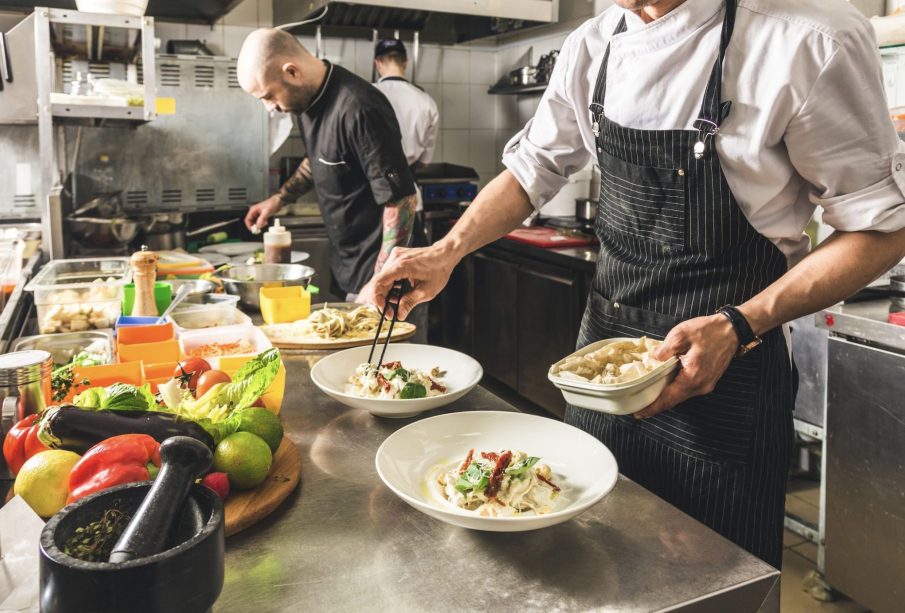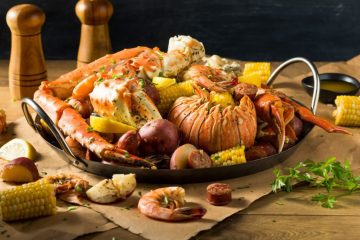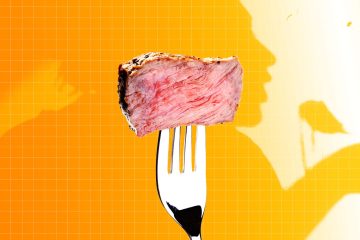Restaurant Accounting for Food Waste Reduction and Cost Control

In today’s culinary landscape, where sustainability and cost-efficiency are paramount, restaurant owners and managers face a dual challenge: how to minimize food waste while simultaneously controlling operational expenses. This challenge underscores the critical importance of effective restaurant accounting practices tailored to food waste reduction and cost control.
In this article, we will delve into the strategies and techniques that can empower restaurateurs to not only make a positive impact on the environment but also optimize their financial bottom line. From inventory management to menu engineering, we will explore the multifaceted world of restaurant accounting in the context of reducing food waste and enhancing profitability, ensuring that the art of gastronomy aligns harmoniously with the science of financial stewardship.
How Efficient Accounting Can Lead to Cost Control and Waste Reduction?
It is estimated that four to ten percent of food purchased by restaurant leaders never reaches customers and instead ends up in landfills, resulting in an estimated $1,000 of food waste per 3.3 pounds of food. Therefore, there is a dire need for restaurants to find ways to help them control costs and reduce food waste. Listed below are some of the ways you can utilize restaurant accounting services for food waste reduction and cost control.
- Start a Waste Audit
Initiating a waste audit is the first step towards reducing restaurant waste. By meticulously examining all waste streams, including kitchen scraps, unsold food, and disposable packaging, a restaurant can pinpoint areas where waste is generated most. This data-driven approach allows for targeted waste reduction strategies, cutting disposal costs and minimizing the environmental footprint. An audit of your restaurant’s waste will provide you with insights that can positively impact on many aspects of the operation.
- Buy Raw Materials on Credit
Purchasing raw materials on credit can enhance a restaurant’s cash flow management. By negotiating favorable payment terms with suppliers, restaurants can access ingredients without immediate cash outlays. This financial flexibility enables better resource allocation, reducing the need for emergency spending and potential food waste due to overordering.
- Implement Portion Control
Implementing portion control measures is a vital aspect of waste reduction. By consistently serving uniform portion sizes, restaurants not only maintain food quality but also reduce overproduction and customer plate waste. This practice optimizes ingredient usage, decreases disposal costs, and ensures that every dish is both cost-effective and oriented towards minimal wastage.
- Manage Inventory
Effective inventory management aligns with cost control and waste reduction. Maintaining real-time tracking of ingredient quantities prevents overstocking, spoilage, and product obsolescence. By streamlining inventory processes and using data to make informed purchasing decisions, restaurants can minimize food waste and reduce expenses.
- Accurate Financial Tracking
Accurate financial tracking is the foundation of efficient cost control. It involves meticulous recording of all expenses, income, and financial transactions. This visibility enables informed decision-making, cost analysis, and budget adherence, helping restaurants identify cost-saving opportunities and areas where resources can be allocated more efficiently.
- Labor Optimization
Labor costs represent a significant portion of a restaurant’s expenses. Efficient accounting includes monitoring and optimizing labor expenditures. This involves analyzing staff scheduling, identifying overstaffing or inefficiencies, and ensuring that labor resources are used effectively, which contributes to cost control without compromising service quality. Many restaurant owners opt to outsource accounting services so as to increase efficiency.
- Menu Engineering
Menu engineering, guided by accounting data, helps restaurants maximize profitability while minimizing waste. By calculating the cost of ingredients for each menu item and comparing it to the selling price, restaurants can identify high-margin dishes and adjust their menu accordingly. This data-driven approach ensures that the menu is both financially sustainable and aligned with waste reduction goals. Moreover, it also allows you to identify the same ingredient that can be used in multiple dishes, which leads to a reduction in waste and cost-cutting.
The Conclusion
In conclusion, efficient accounting is not just about balancing the books; it’s a strategic tool that empowers restaurants to control costs and reduce waste. By leveraging accurate financial data, restaurants can make informed decisions, streamline operations, and create a sustainable and financially sound business model that benefits both the bottom line and the environment. Moreover, this approach aligns with growing consumer demands for environmentally responsible dining establishments. As restaurants strive to strike a balance between culinary creativity and financial prudence, sound accounting practices remain an essential recipe for success in a dynamic and competitive industry.








